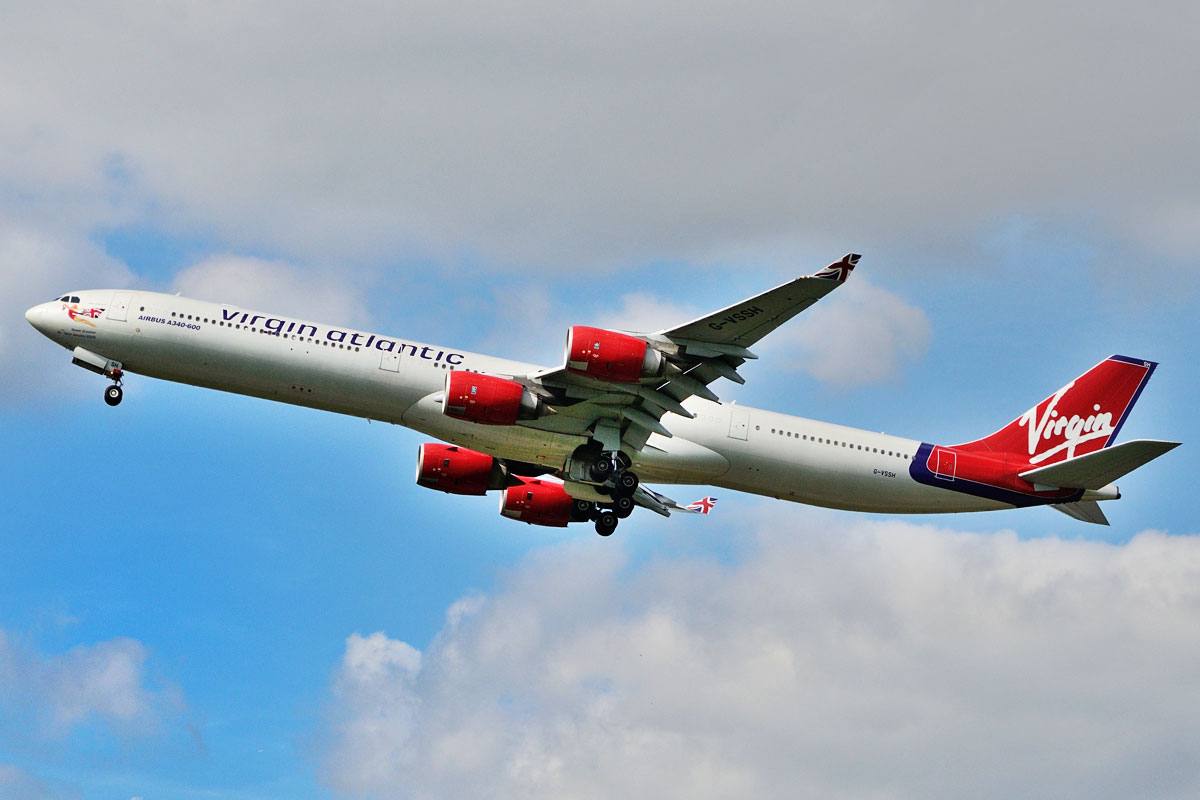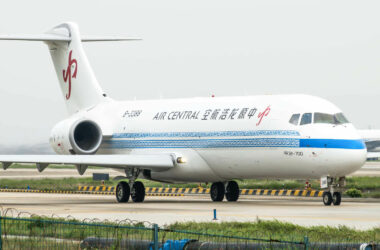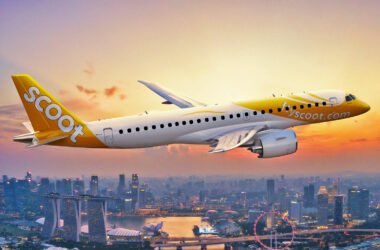When Airbus decided to launch the A340 the long range commercial jet market still flirted with the idea of long range twin engines. The Boeing 767 was already replacing some larger airplanes on transoceanic routes, but was no match for jets like the MD-11 and 747-400.
For the European planemaker, this niche would be filled by the A330, a twin-engine larger than the A300, but with a good range. The mission to compete with the US Boeing 747 and McDonnell Douglas MD-11 jets, however, would be for the A340 quad-engine, which debuted in 1993 with two variants, one larger (-300) and one slightly smaller (-200), however, with superior autonomy.
The strategy of creating a new four-engine at a time when it was already clear that it had no future was one of Airbus’s strategic mistakes. The manufacturer still insisted on creating even bigger and more efficient variants, the A340-500 and A340-600 in the past decade, but the sales result was poor: only 131 orders, almost half of the A340-200/300 (246 aircraft built).
The A340 has just been surpassed by its A330 brother, which has already totaled nearly 1,500 orders to date.
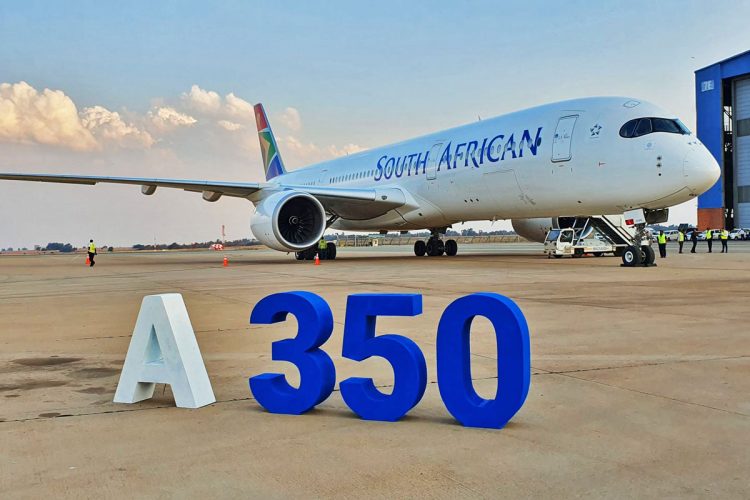
Outperformed by the A350
The A340 is currently undergoing a process similar to that of the Boeing 747: it is being replaced at a fast pace by several companies that still keep it active.
TAP, for example, has just retired its latest model jet as it receives more A330-900neo, advanced version of the twin-engine. Even South African Airways, which has 14 quad engines in its fleet and is in a financially critical position, has leased the A350, whose first unit was recently delivered.
According to data from Planespotters, there are 132 active A340s worldwide on commercial flights, as well as a few dozen on air forces and governments. It is just over half of the aircraft still in flight condition, according to Airbus (250 units of the 377 produced).
To the relief of Airbus, the A340 has been replaced mainly by the A350. That’s what Virgin Atlantic is doing when it gets its A350-1000 to replace the A340-600, as well as Lufthansa and Iberia, although the German company, which owns the largest fleet of the model, is also about to receive the Boeing 787-9 from 2022.
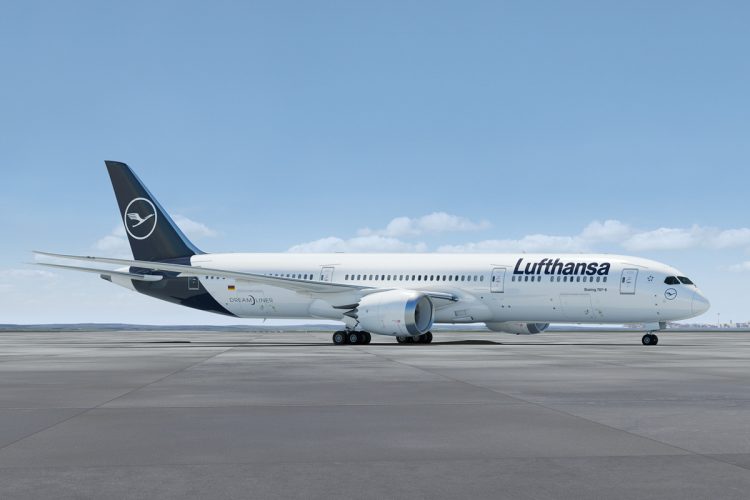
The high fuel consumption of the quad engine is easily noticed due to the still flying versions. There are 78 A340-300 and 51 A340-600, not coincidentally, the largest passenger capacity variants of their series. Already the A340-500 and A340-200 have only three active units, according to the website.
Although not a profitable jet, the A340 should continue flying in the coming years, however, in regions in Africa and the Middle East. About 30% of the A340’s fleet is in countries located in these areas, including Iran where 11 jets currently fly.

